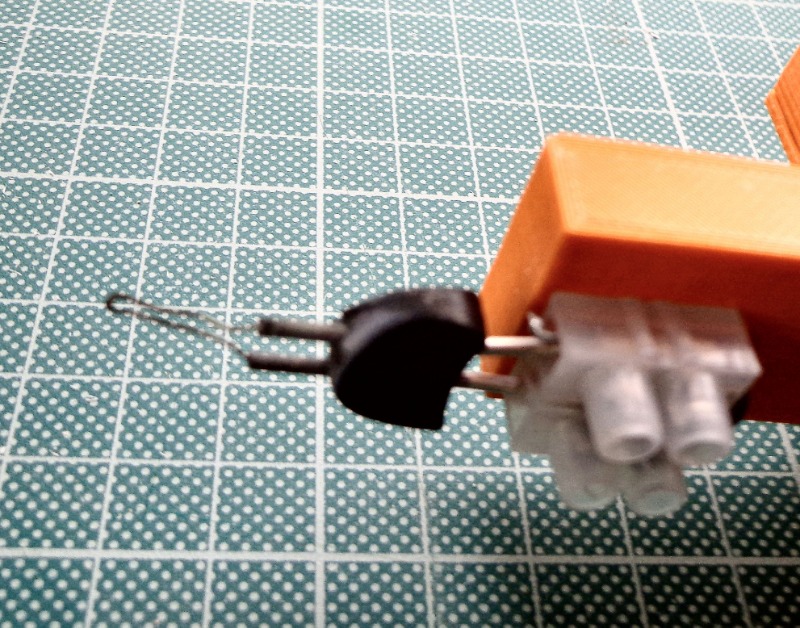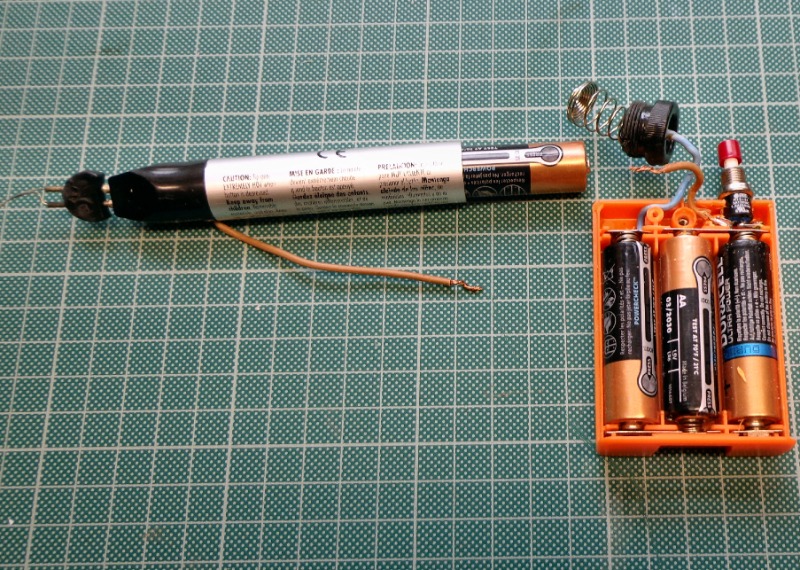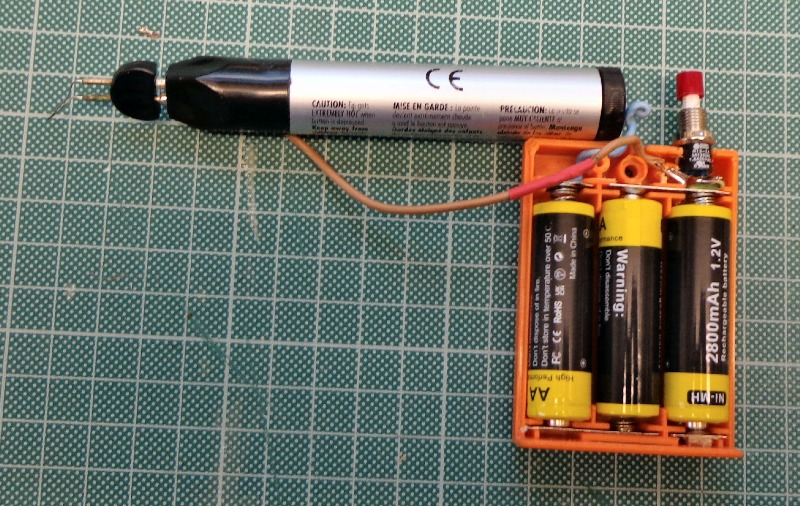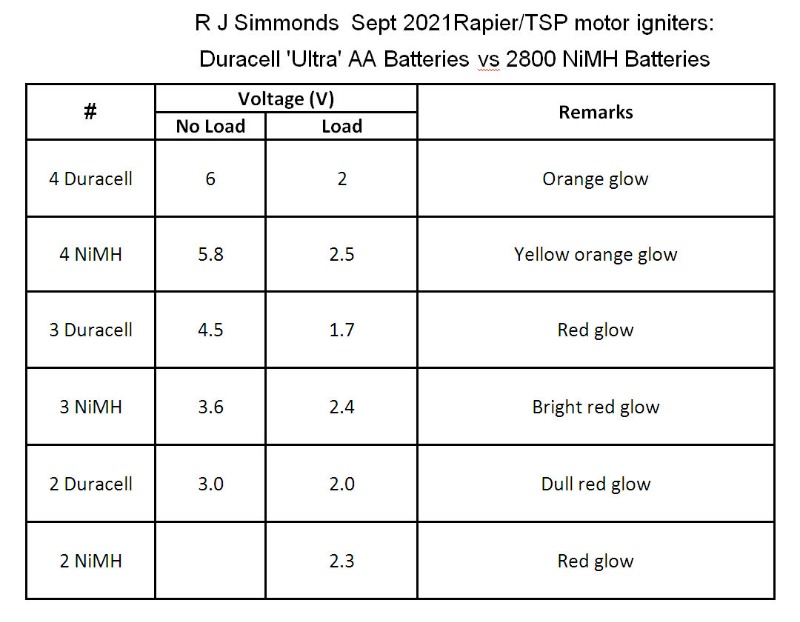|
Welcome,
Guest
|
TOPIC: Lighting Rapiers on the Flying Field
Lighting Rapiers on the Flying Field 3 years 3 weeks ago #1424
|
|
Please Log in or Create an account to join the conversation. |
Lighting Rapiers on the Flying Field 3 years 3 weeks ago #1425
|
|
Please Log in or Create an account to join the conversation. |
Lighting Rapiers on the Flying Field 3 years 3 weeks ago #1426
|
|
Please Log in or Create an account to join the conversation. |
Lighting Rapiers on the Flying Field 3 years 3 weeks ago #1427
|
|
Please Log in or Create an account to join the conversation. |
Lighting Rapiers on the Flying Field 3 years 3 weeks ago #1428
|
|
Please Log in or Create an account to join the conversation. |
Lighting Rapiers on the Flying Field 2 years 6 months ago #1538
|
|
Please Log in or Create an account to join the conversation. |
Time to create page: 0.089 seconds





